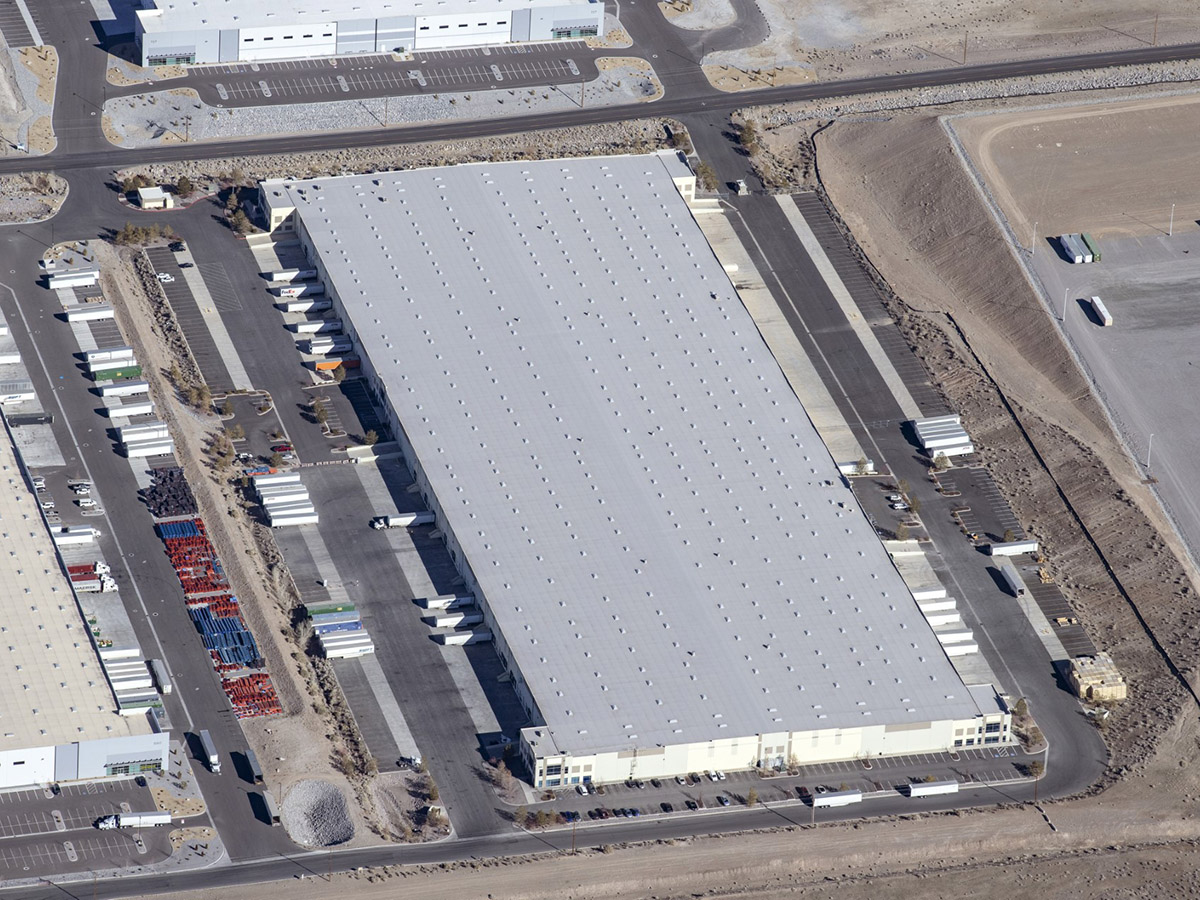Staying Busy When Industrial Momentum Hits the Brakes
Despite widely known challenges, attractive investment opportunities are out there, says Westcore CEO Don Ankeny.

The industrial sector is undergoing a period of recalibration. Fundamentals are still strong, but challenges such as high interest rates and financing constraints are weighing on transaction activity and the industry overall.
However, investment opportunities still exist. Westcore, a commercial real estate investment firm that acquires and operates industrial assets in highly sought-after markets, has been steadily expanding its portfolio in spite of all the headwinds.
A few months ago, Westcore purchased a 632,130-square-foot distribution center in McCarran, Nev., for $82.5 million. Prior to that, the company obtained financing to acquire an industrial building in Rockwall, Texas, and in mid-2023, it purchased The Odyssey, a 3.5 million-square-foot industrial portfolio in California.
Focusing on value-add, last-mile, logistics, distribution, e-commerce and multi-tenant facilities, the company has been finding ways to continue growing, often capitalizing on the momentum generated by high-impact pieces of legislation that were signed into law in 2021 and 2022: the Infrastructure Investment and Jobs Act, the CHIPS and Science Act and the Inflation Reduction Act. Commercial Property Executive asked President & CEO Don Ankeny to reveal how his company grew in the past 12 months and talk about where opportunities lie in the current economic context.
READ ALSO: CRE Experts See Opportunities Ahead
How would you characterize the industrial market today? What’s driving demand?
Ankeny: Industrial fundamentals are strong. Continued growth of e-commerce, diversification of sourcing—increased onshoring and nearshoring—and general economic growth point to steady demand for warehouse space. Occupiers continue to seek modern facilities where they can install state-of-the-art technology, especially automation. Access to reliable power is increasingly important.
We are seeing pockets of oversupply in certain markets, but construction activity slowed in 2023 due to lack of construction financing, increased costs for labor and materials, and resistance in many markets to warehouse construction in their communities. We expect vacancy to peak in mid-2024. Additionally, we are encouraged to see the ports of Los Angeles and Long Beach picking up container volume, which will translate into additional warehouse demand throughout the Western region.
Tell us more about how the current interest rate environment is impacting transaction activity. Do you expect industrial sales to pick up later this year?
Ankeny: Real estate is capital intensive. Owners typically finance 40 to 60 percent of their properties with debt. Deals that made sense when that debt cost 3.0 percent are not going to work when that debt now costs closer to 7.0 percent. Values have fallen due to higher borrowing costs and, not surprisingly, there is disagreement between buyers and sellers as to just how much they have fallen. Dry powder exists on the sidelines, but we don’t expect transaction activity to pick up much without more visibility on timing of anticipated Fed rate cuts.

How did you secure financing for your latest deals? What are the challenges in obtaining the necessary funds to keep expanding your industrial portfolio?
Ankeny: Debt capital is available for well-leased and/or well-located industrial assets. For example, our Reno and Odyssey acquisitions were 100 percent occupied assets, which made financing available. The CMBS market has become active lately. Insurance companies have funds to place. Debt funds are active. Select commercial banks will underwrite strong sponsors with quality projects and solid rent rolls.
What type of markets do you have your eyes on?
Ankeny: We are always looking for opportunities in markets with job growth, population growth and logistics requirements.
Most new industrial construction is expected to be in secondary or tertiary market locations that can offer adequate supplies of affordable energy and skilled labor, according to recent reports. Is this trend impacting your investment strategy in any way?
Ankeny: We completed a 1.2 million-square-foot spec warehouse in Hesperia, Calif., last November. Our thesis was exactly what you described—a bit north of the traditional Inland Empire where we found lower land costs and therefore could offer lower rents. An abundant labor supply existed nearby to work in the warehouse. These dynamics attracted Maersk to lease the facility before we completed construction.
READ ALSO: Industrial Momentum Slows Down
In the dynamic industrial landscape, are there any other industry trends or emerging technologies that Westcore is closely monitoring?
Ankeny: We are seeing resistance in many communities to warehouse construction. This limitation on new supply will push up rents on existing product. We are monitoring regulatory requirements for electric trucking. High land costs will force certain projects to be multi-story. Also, robotics and AI will lead to more efficiencies inside the warehouse itself.
In what ways have the 2021 and 2022 laws impacted your business?
Ankeny: We benefit from spillover effects. Reno, for example, is the site of Tesla’s Gigafactory. We own buildings in the area that serve the electric vehicle production chain. Phoenix has seen tremendous capital investment from several chip manufacturers, which we believe will ripple through the industrial market in a positive way.
Is there a particular type of facility that you think will be most in demand going forward? Why?
Ankeny: Multi-tenant industrial is bread and butter. Not much is being built today, which leads to low vacancy rates and growing rents.







You must be logged in to post a comment.